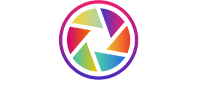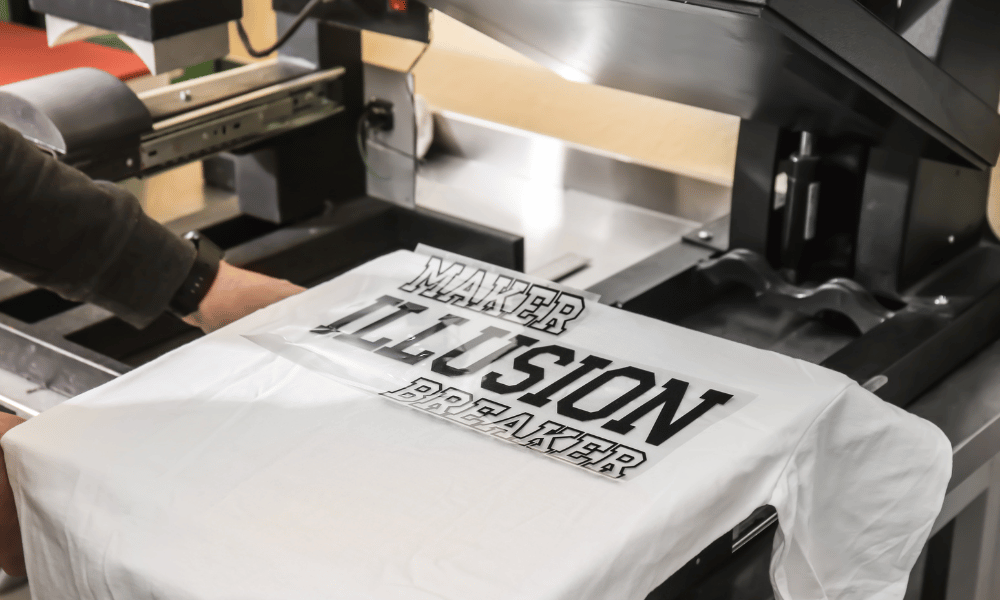In the world of printing, technology is constantly evolving, offering new ways to create stunning, high-quality prints. One of the most exciting developments in recent years is Direct to Film (DTF) printing. But how does it compare to traditional printing methods like screen printing and Direct to Garment (DTG) printing? Let's find out.
What is DTF Printing?
DTF printing, short for Direct to Film printing, is a cutting-edge technology that allows for high-quality, full-color prints on a variety of surfaces. Unlike traditional printing methods, DTF prints transfer images directly onto a film before applying them to the final product. This process results in vibrant, durable prints that can withstand the test of time.
Screen Printing
Screen printing is a traditional printing method that involves creating a stencil (or "screen") and using it to apply layers of ink on the printing surface. Each color is applied using a different stencil, one at a time, combined to achieve the final look.
Pros of Screen Printing
- Ideal for large orders due to the setup time involved
- Durable and long-lasting prints
- Vibrant colors, even on dark fabrics
Cons of Screen Printing
- Not cost-effective for multiple colors or small orders
- Limited detail and color gradient
Direct to Garment (DTG) Printing
DTG printing is a method that prints digital images directly onto the fabric. It's like using a regular printer, but for clothes.
Pros of DTG Printing
- High detail prints, perfect for complex designs
- Easy to print multiple colors
- Ideal for small orders
Cons of DTG Printing
- Not cost-effective for large orders
- Colors are less vibrant on dark fabrics
DTF Printing vs. Screen Printing and DTG Printing
When compared to screen and DTG printing, DTF printing offers several advantages:
- Superior Quality: DTF prints produce vibrant, full-color images with excellent detail and clarity. Plus, they're durable and resistant to fading.
- Versatility: DTF printing can be used on a wide range of materials, including cotton, polyester, leather, and even hard surfaces like wood and metal.
- Efficiency: DTF printing is a streamlined process that allows for faster production times, making it a cost-effective solution for both small and large print runs.
Conclusion
While each printing method has its place, DTF printing offers a compelling combination of quality, versatility, and efficiency. At Southeast Prints, we're proud to offer DTF printing services that meet the highest standards of quality, efficiency, and versatility. Discover the power of DTF prints today.

